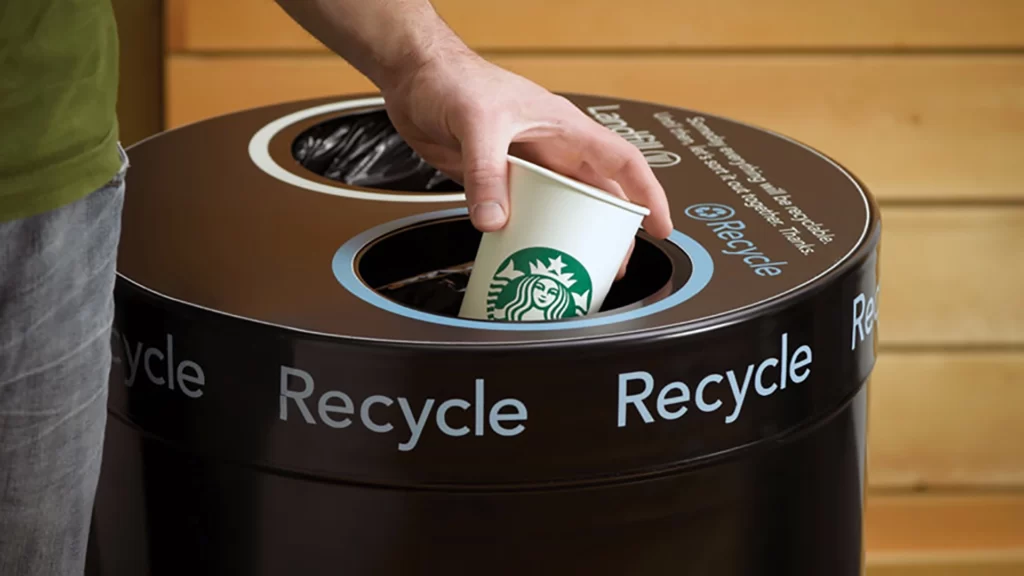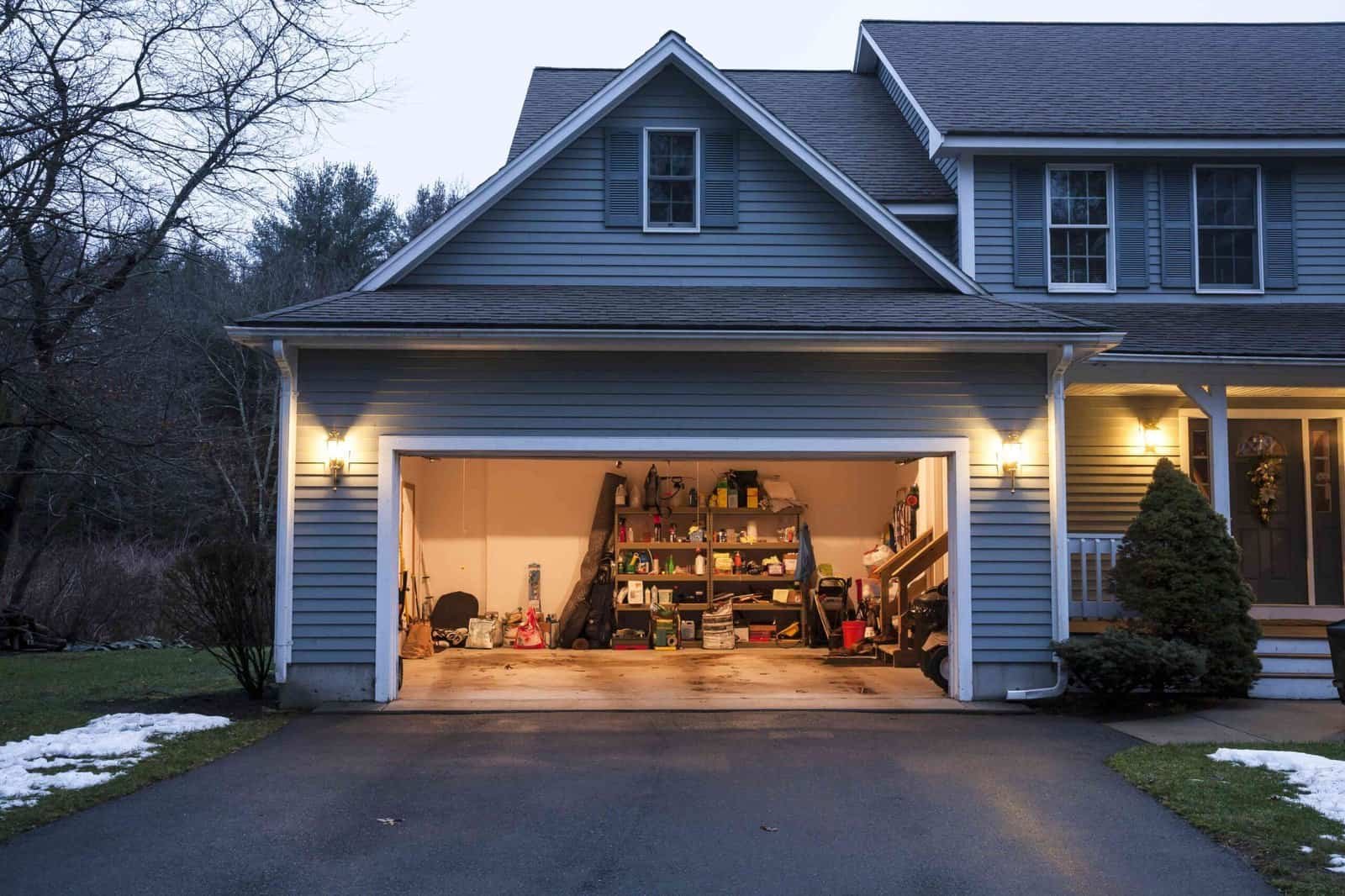The Earth is a beautiful place full of excellent outdoor spaces you love exploring. Increasingly, companies and organizations recognize the importance of preserving these gorgeous environments by enacting green initiatives. Here is a guide on ways to create a green home and healthy environment for longterm.
Some have upped their recycling, finding new ways to use old products. Others focus on water preservation or energy conservation. When large organizations make these changes, they may create a monumental impact.
Going green home or energy efficient home isn’t limited to major corporations. Take inspiration from their efforts and mirror them in your own life around your home and garden.
Table Of Contents
Ways to Create a Green Home Guide
1. Ford Recycled Fabrics and Materials
Ford Motor Company increasingly uses recycled materials to build their cars. Interior fabrics use recycled plastics to avoid them collecting in landfills. Ford also uses recycled or sustainable materials in carpeting, seat cushions, storage bins and armrests. Many of their vehicle builds include materials like cotton, soy, rice and wheat.

Adopt this strategy in your home by choosing sustainable fabric materials like Lyocell. This material is a mix between natural material and artificial fabric. The fibres come from eucalyptus trees and undergo a chemical process to make the final material.
Lyocell is long-lasting, like synthetic fibres but still uses natural materials, making it a more sustainable choice. Buy clothing or sheets of cotton like fabric to increase your sustainability efforts.
2. Disney Water Conservation
Conservation and sustainability make up a large part of this company’s identity. One thing the Walt Disney Company does to increase environmental stewardship is to install water conservation systems at their parks. The company uses artificial turf to avoid watering and implements an irrigation control system to reduce drought.

Making water conservation a personal goal can improve your community, especially in limited water areas. One way to practice water sustainability is through your gardening practices. Reduce overwatering by using a watering can rather than a hose or sprinkler. With a watering can, you lower your chances of letting the water run unnecessarily when your plants are already hydrated.
Reduce your water use even more by using barrels to collect rainwater. Connect them to your downspouts and wait for them to fill up during the next rainstorm. Use your collected water in your garden to avoid tap water.
3. Tokyo Olympics Recycled Materials
The 2020 Tokyo Olympics used many sustainable materials to reduce environmental impact while hosting this significant, much-anticipated event. Among the recycled materials used, one of the largest was a track made from recycled and virgin raw materials, including rubber. Medals also used recycled materials. Athletes slept on cardboard beds, which could be conveniently recycled after the event.

Incorporate sustainability into your home by finding creative ways to reuse materials that would otherwise be wasted. One way you might reuse materials is by constructing a pallet fence. These fences use recycled pallets you might find thrown out by businesses after a delivery. They can enclose your yard or garden, adding rustic charm and a bit of additional privacy.
Recycling services allow you to collect materials like paper, cardboard, plastic bottles, aluminium cans and sometimes glass. Ensure anything you throw in recycling is clean and dry to increase the chances that it can be recycled.
4. eBay Product Reuse
EBay’s business model focuses on sustainability. The website allows people to sell their used products rather than throwing them away and sending them to landfills. The company also works toward sustainable transportation by championing practices like shipping using electric vehicles.
Apply this mindset in your own home by setting up a garage sale. This event encourages you to sort through your belongings and find the ones you no longer use. Advertise throughout your neighbourhood with signs and give your belongings a new home.
If you use online platforms to sell your household goods, increase your green practices using sustainable packaging that buyers can recycle. Use paper to wrap fragile goods and package them in cardboard boxes. Reuse old boxes or packaging materials rather than buy new ones.
5. Starbucks Environmentally Responsible Stores
In recent years, Starbucks has displayed its love for the planet by opening greener stores. Thousands of stores globally meet these green goals using renewable energy sources like solar or wind power. The stores also use sustainable materials and practice stewardship to reduce water use.
Many of their strategies would work well for a home. You can make small changes to make your house more green. These practices might include adding solar panels to your roof to improve renewable energy use.

When renovating your home, look for sustainable materials like salvaged wood or bamboo. Reduce energy waste by installing a smart thermostat to control your home temperature. Additionally, lower your heating and cooling use by adding proper insulation and sealing your home sufficiently to avoid leaks.
6. Unilever Food Waste Reduction
Unilever makes various consumer goods like food, condiments and ice cream. In producing these goods, the company has aimed to cut food waste in its operations. The business aims to ensure no good food goes to waste. Their practices apply to manufacturing, such as storing products safely during stopped production to prevent waste. They also aim to use all raw materials during production.
Apply food waste reduction practices in your home with a few simple steps. Note the products in your fridge, freezer and pantry before you run to the store. This practice reduces waste by preventing you from buying products you already have.
Consider your waste materials as well. Stale bread makes excellent croutons, and wilted vegetables make delicious add-ins for soups. Use soft fruit for baking. When you have extra scraps like vegetable peels, throw them in your garden or start a compost bin to create nutrient-rich soil for your homegrown vegetables and herbs.
Start Living Greener at Home
Many companies and organizations prioritize sustainability and green living through reducing waste, recycling, managing their energy use and decreasing water consumption. These practices allow them to care for the planet and promote a better future.
Their practices serve as inspiration for others who love the outdoors and desire to promote sustainability in their lives. Apply their sustainability initiatives to your life by considering practices you can implement around your home.
These practices include recycling materials, managing your food waste or using strategies like rain collection to water your garden and reduce water waste. Consider the small changes you can make around your house to go green.






















